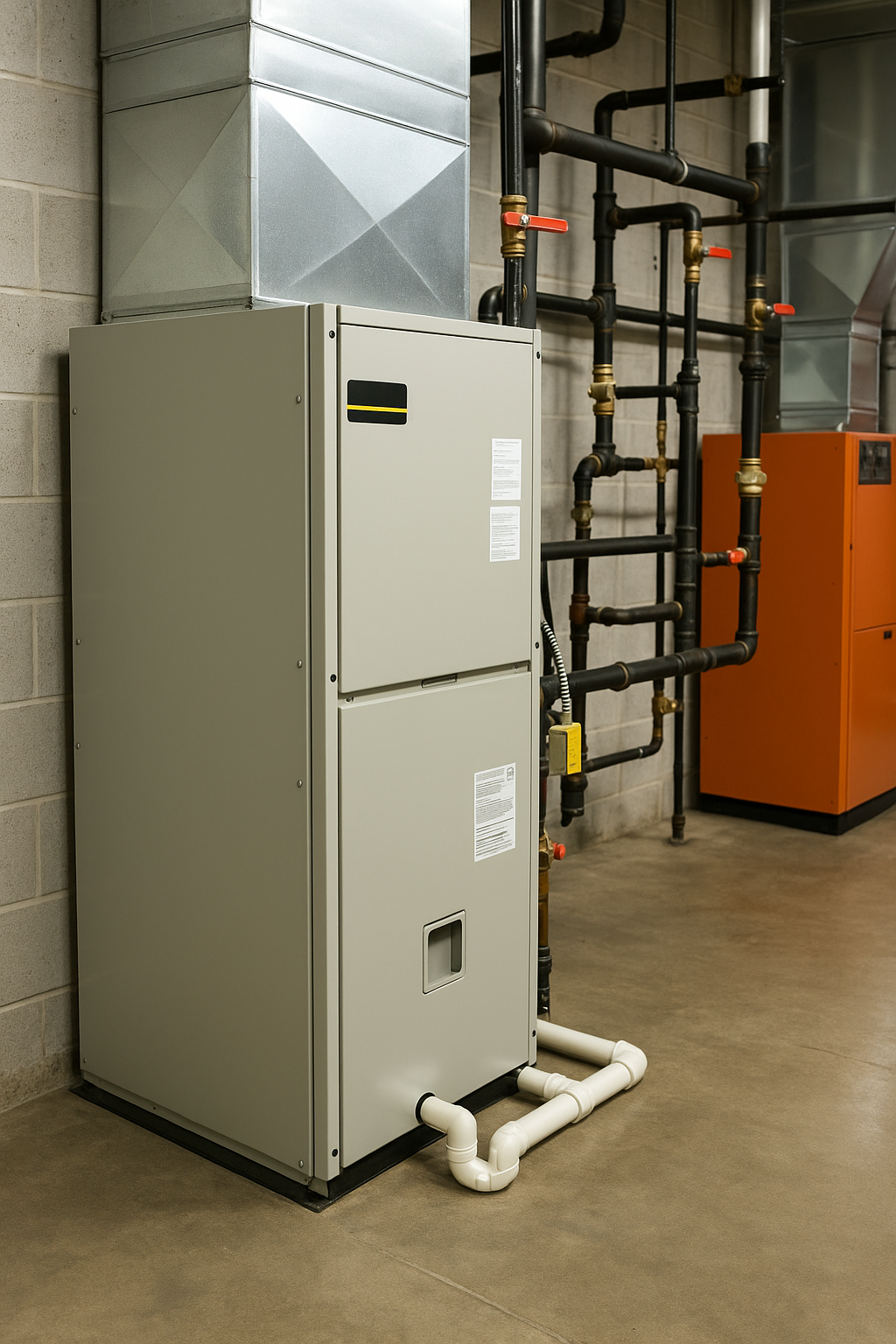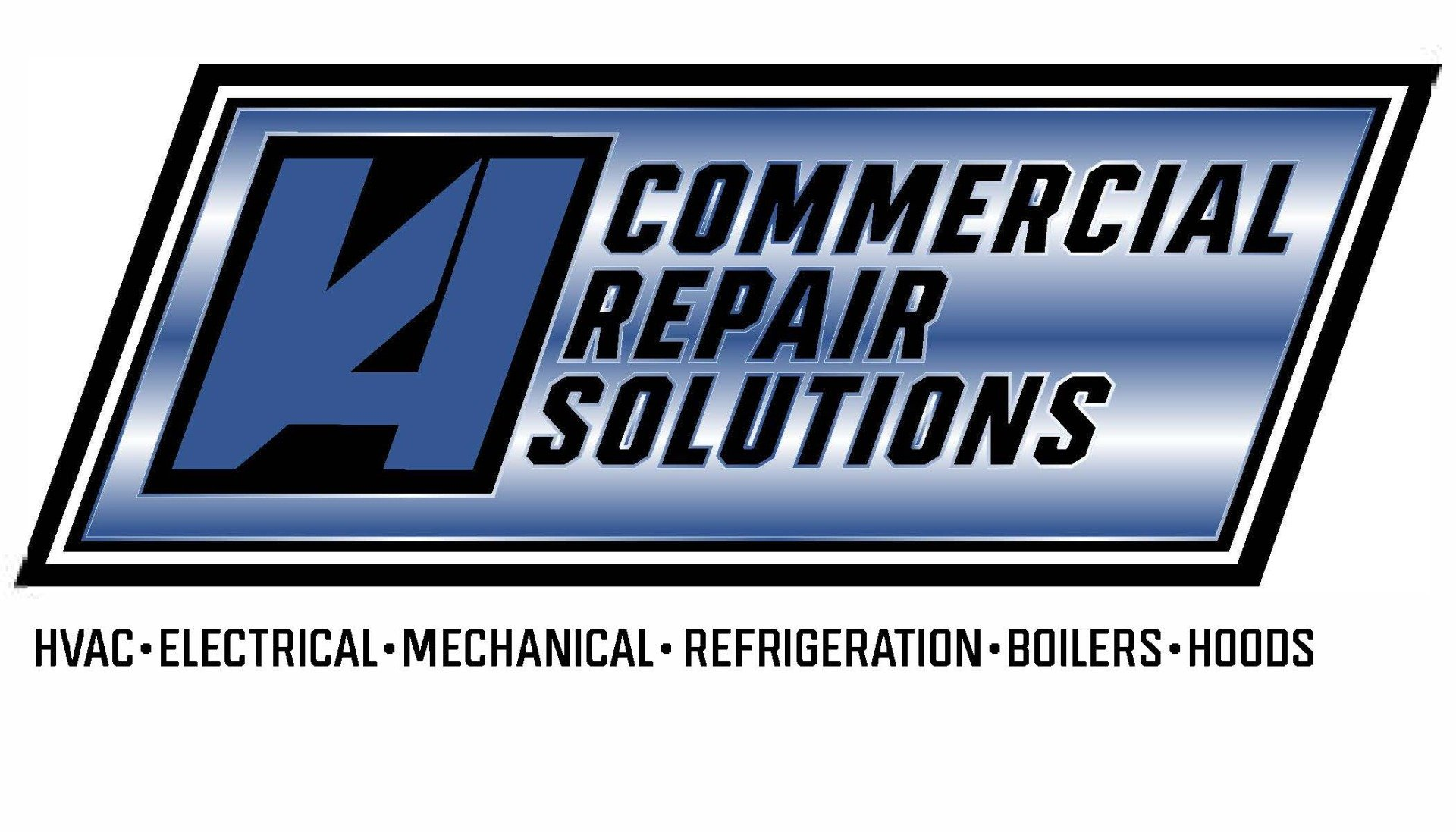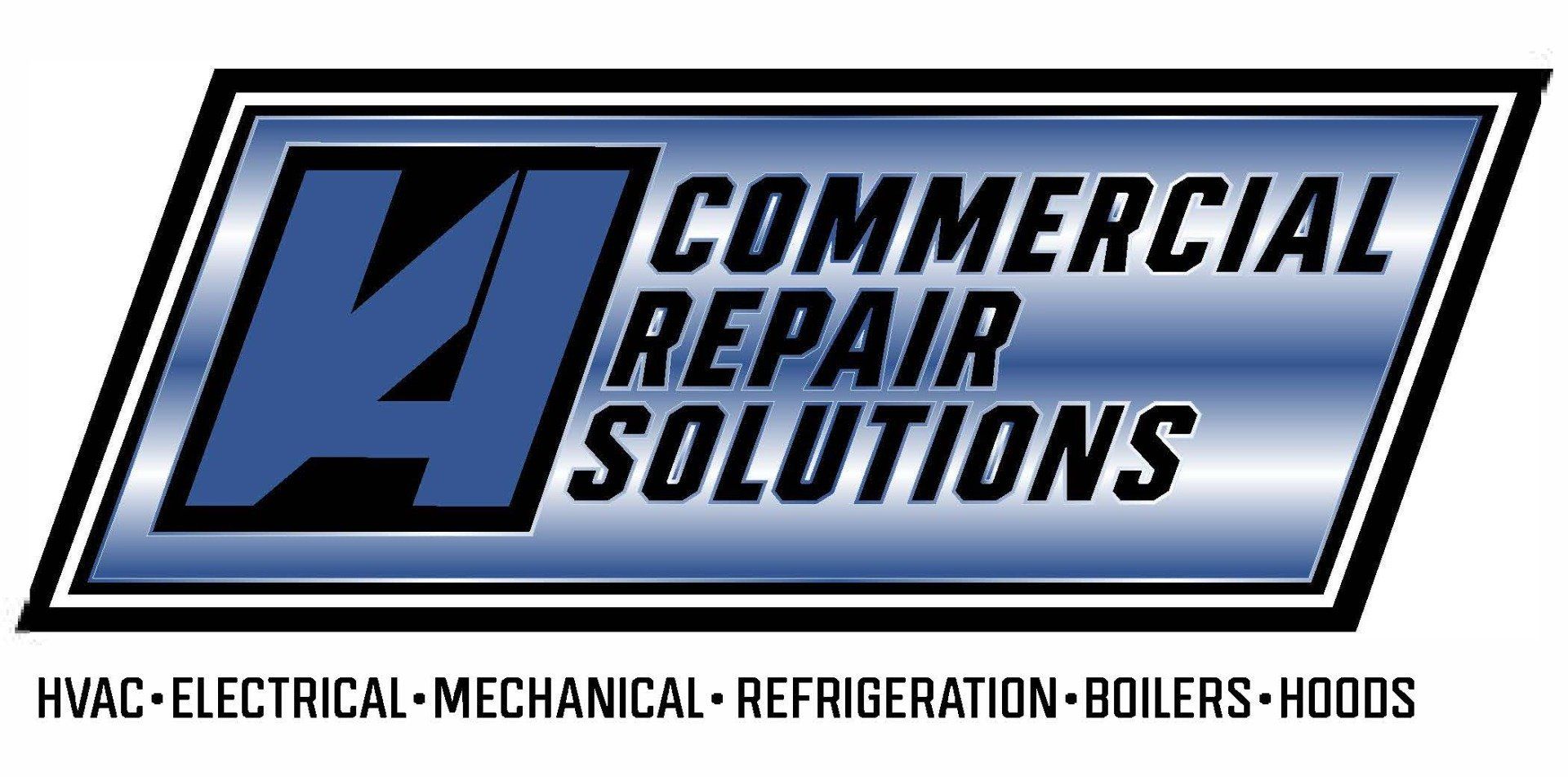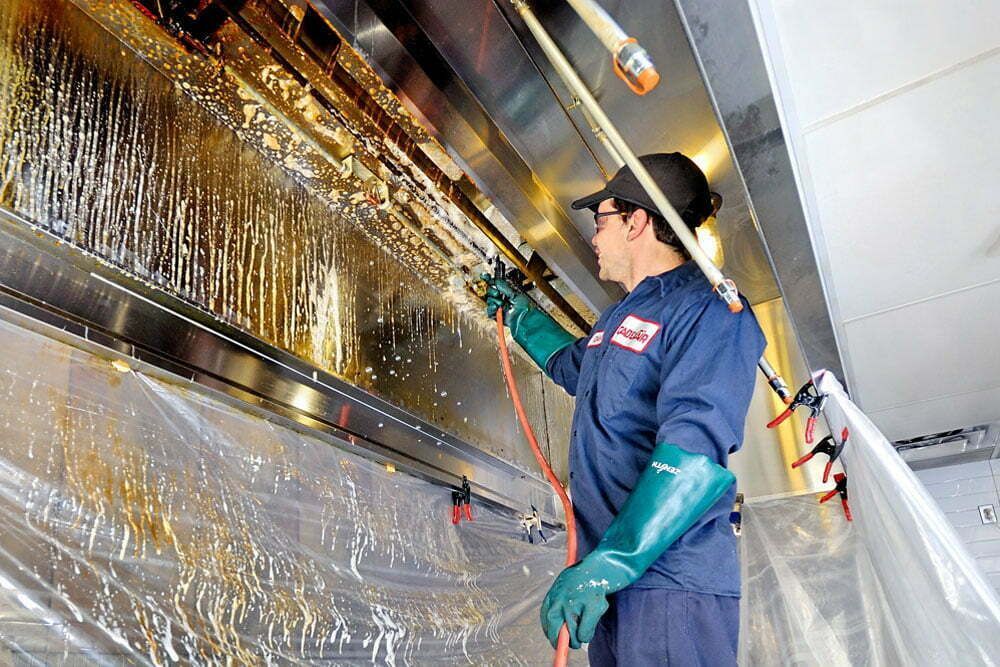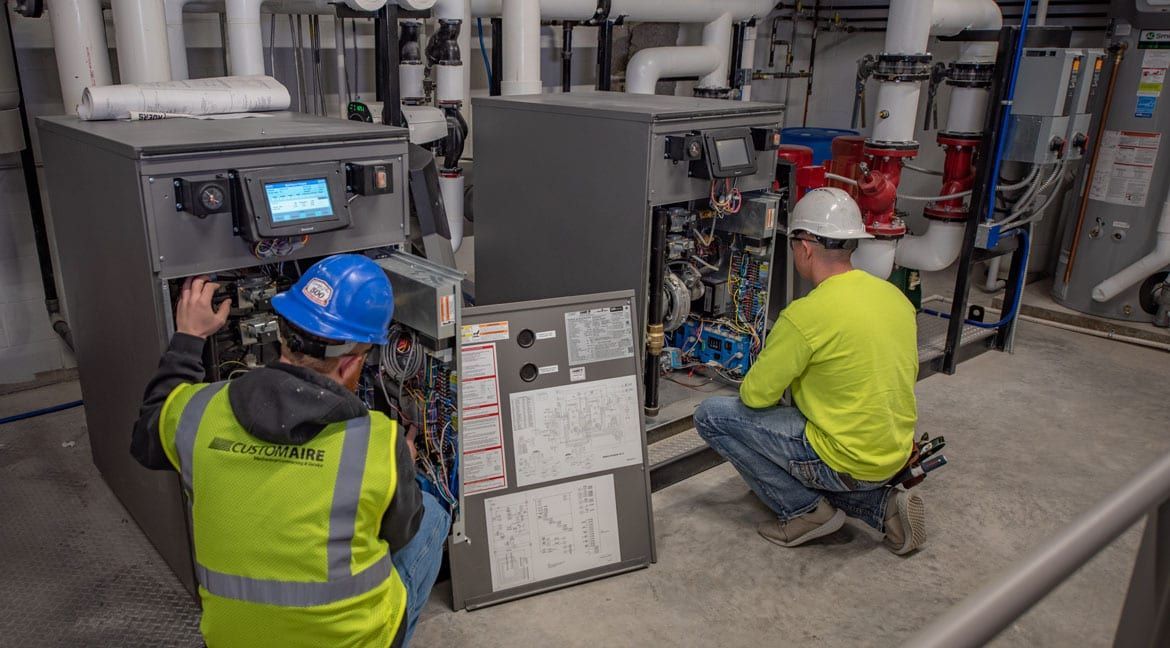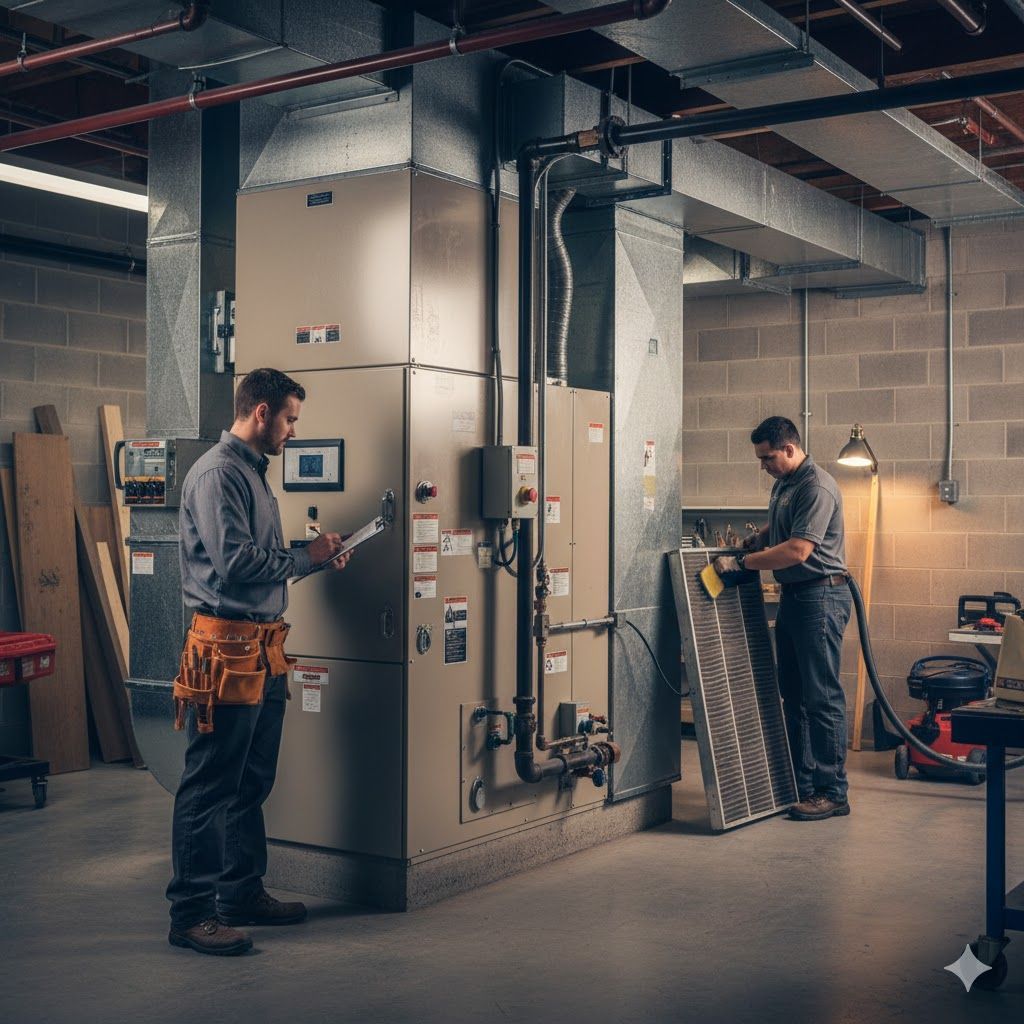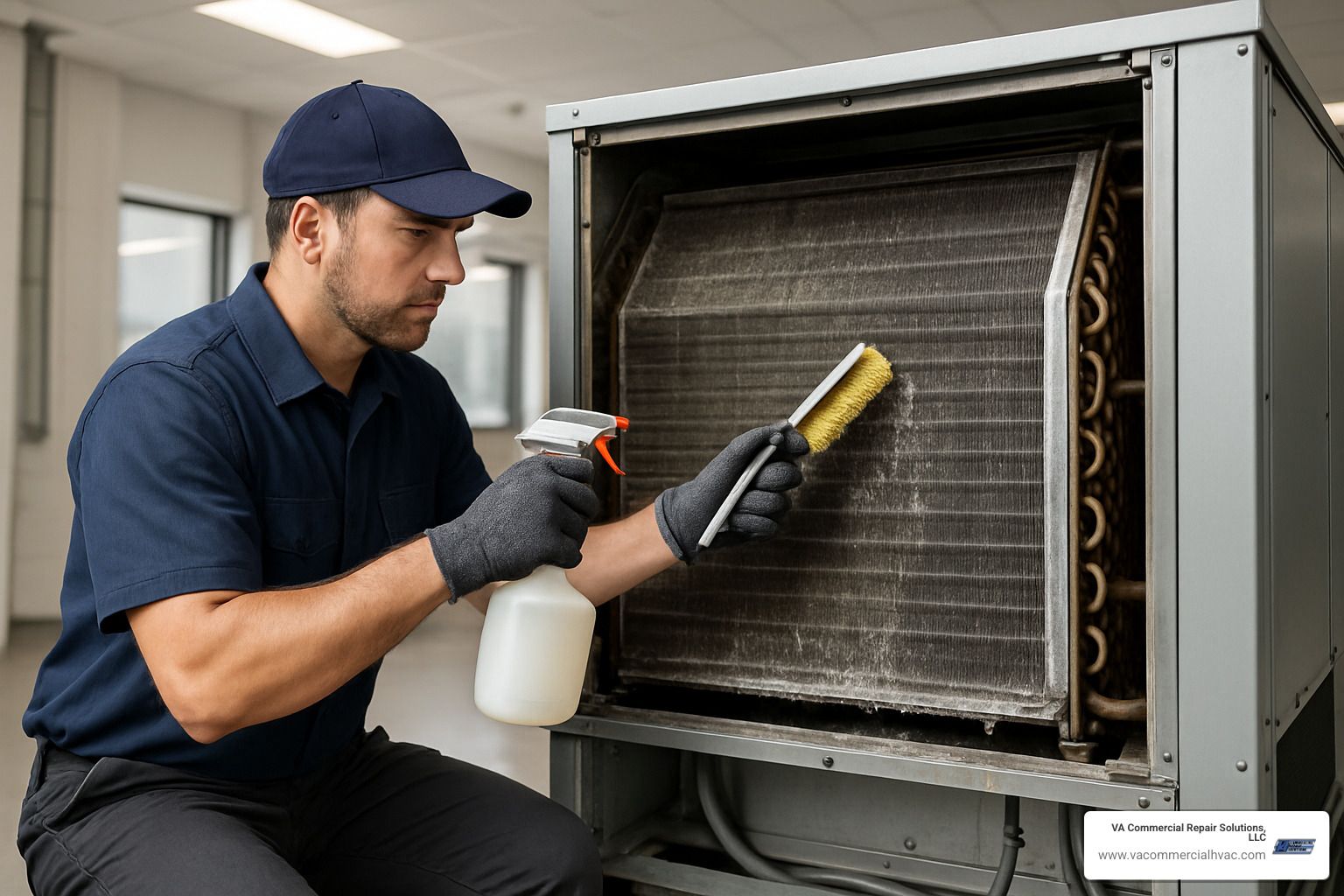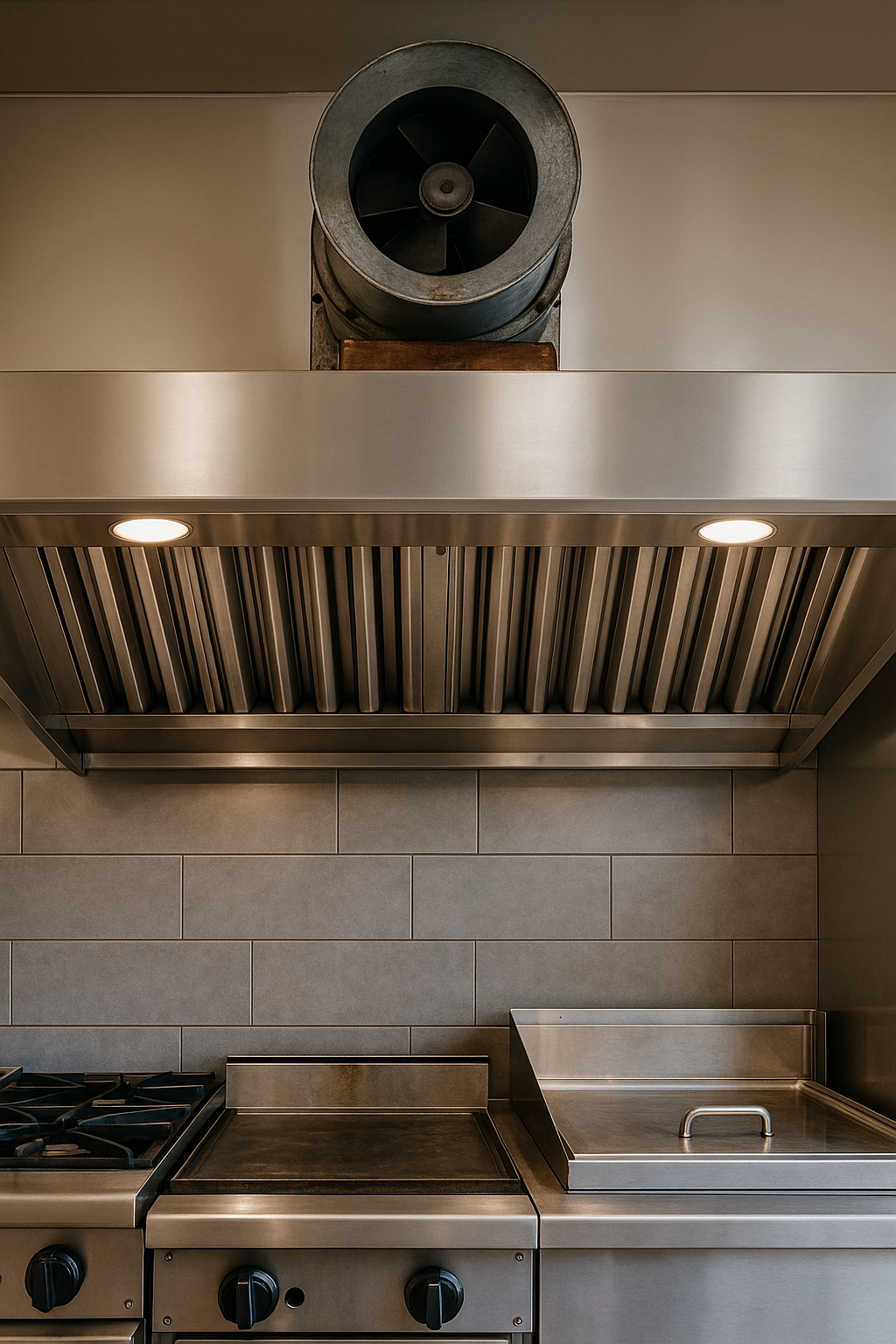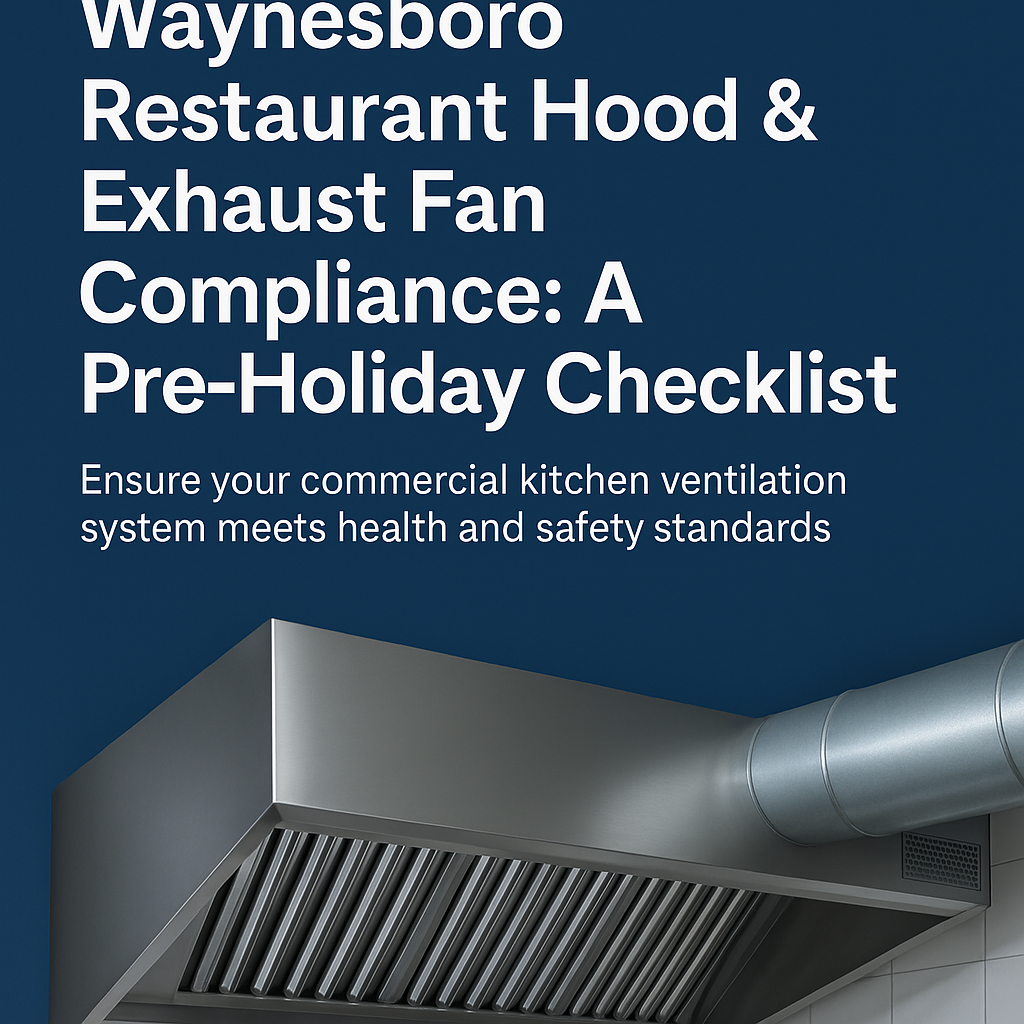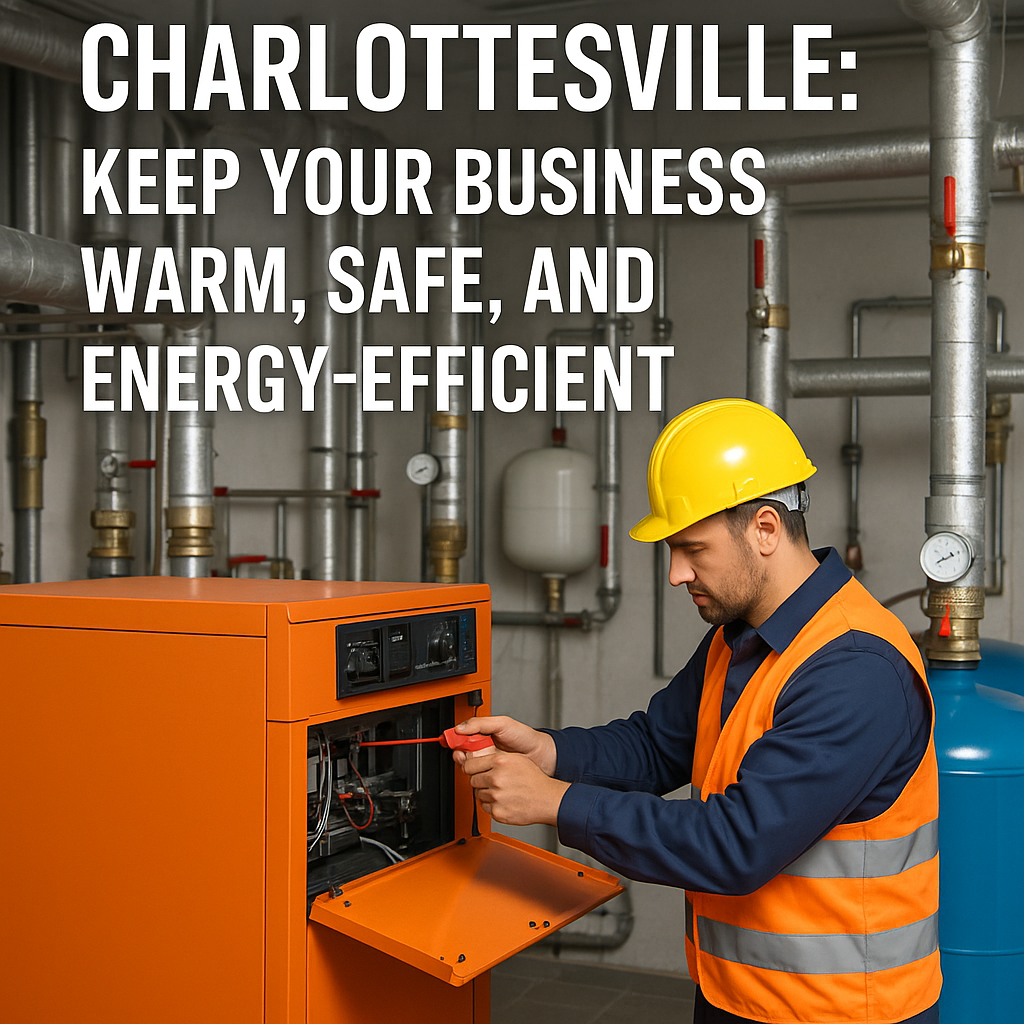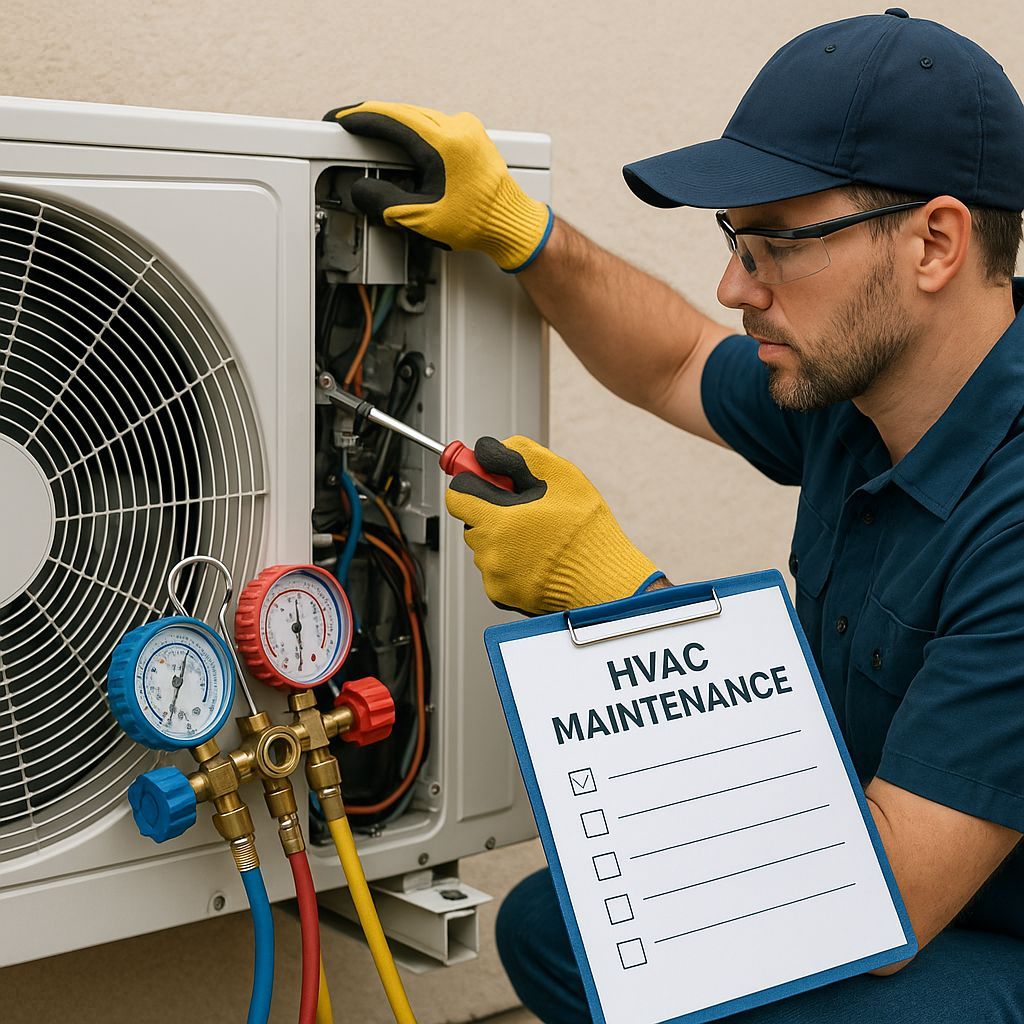Minisplit Heat Pump Systems: Energy-Efficient Comfort for Virginia Businesses
Ductless Minisplit Heat Pumps—The Smart Upgrade for Commercial Spaces in Charlottesville, Staunton & Harrisonburg

Virginia businesses are under pressure to reduce operating costs, improve comfort, and meet rising sustainability expectations. Ductless minisplit heat pump systems deliver on all three: they heat and cool with impressive efficiency, install cleanly in historic or complex buildings, and give each zone the exact comfort it needs—without the energy waste of duct losses. For organizations across Charlottesville, Staunton, and Harrisonburg, the technology has matured into a practical, finance-savvy path to better indoor environments.
VA Commercial HVAC designs, installs, and maintains minisplit systems for offices, restaurants, hospitality, education, light industrial, and healthcare settings. In this guide, you’ll find a research-driven look at how minisplits work, where they shine, what to watch out for, and how to maximize ROI—with authoritative resources linked throughout.
What Is a Minisplit Heat Pump System? (Definition, Components, How It Works)
A minisplit heat pump is a type of air-source heat pump that connects an outdoor unit (compressor/condenser) to one or more compact indoor fan coils via small refrigerant lines. Unlike resistance heat or boilers that generate heat, heat pumps move heat—extracting thermal energy from outside air (even in cool weather) and rejecting heat outdoors during cooling season.
Core components:
- Outdoor unit with variable-speed inverter compressor
- Indoor units (wall-mounted, ceiling cassette, or floor console) for each zone
- Refrigerant lines, drain, power/control cable through a small wall penetration
- Controls that allow independent setpoints per zone
Because minisplits transfer heat rather than creating it, they can achieve high coefficients of performance (COP) and seasonal efficiency ratings (SEER/HSPF) that materially reduce electricity use vs. conventional systems. For fundamentals and physics background, see DOE’s EnergySaver overview and the Wikipedia entry on heat pumps (good for COP concepts and reversible operation).
Why Businesses Choose Minisplits (Benefits that Show Up on the P&L)
Energy Efficiency that Cuts Utility Spend
Minisplits frequently exceed the efficiency of packaged rooftop units or older split systems, especially at part load. ENERGY STAR notes that certified minisplits are independently verified to save energy and help cut greenhouse gas emissions. For commercial buyers, that translates to lower monthly bills and measurable progress on sustainability KPIs. Explore ENERGY STAR’s ductless heating & cooling resource for performance context and purchasing guidance. ENERGY STAR
True Zoned Control (Comfort Where and When You Need It)
Each indoor head has its own setpoint and schedule. That means you can cool a server room, quietly condition a conference room, or turn down unoccupied spaces without affecting other zones—an immediate driver of comfort and cost savings.
Minimal Disruption—Ideal for Retrofits & Historic Buildings
Minisplits avoid major ductwork, so they can be installed with a small wall penetration and short line sets. That’s a huge advantage in Charlottesville’s historic downtown, Staunton’s heritage buildings, and older structures in Harrisonburg, where preserving finishes and fabric matters.
Quiet, Clean Operation
Variable-speed compressors and indoor fans mean low sound levels. With no large sheet-metal duct network, you also reduce the risk of ductborne contaminants. Routine filter cleaning keeps indoor air fresher—particularly valuable for healthcare, education, and professional settings.
Key Considerations (What to Get Right for Performance & ROI)
Professional Design & Sizing
Right-sizing is everything. DOE emphasizes that correct charge and airflow are required to get the performance you paid for; poor installation undermines efficiency and comfort. That’s why load calculations, envelope review, and line-set routing are non-negotiable steps in VA Commercial HVAC’s process. The Department of Energy's Energy.gov
Upfront Cost vs. Lifecycle Cost
Minisplits can carry higher first costs than window units or replacing an aging split system “like for like,” but the lifecycle economics are compelling: lower energy use, less reheat/waste, targeted zoning, and extended equipment life thanks to variable-speed operation.
Maintenance Discipline
Plan on regular filter cleaning, periodic coil inspection, and annual pro check-ups for refrigerant charge, condensate, and controls. This preserves efficiency, avoids nuisance shutdowns, and helps systems meet their rated SEER/HSPF. DOE’s guidance is clear: properly installed and maintained systems deliver performance close to nameplate ratings. The Department of Energy's Energy.gov
Local Context—Why Minisplits Fit Virginia’s Commercial Landscape
Charlottesville Business Climate
Charlottesville blends higher education, healthcare, hospitality, tech, and professional services. The City’s Office of Economic Development positions itself as the catalyst for initiatives that grow employment and a vibrant, sustainable economy—a good backdrop for investments in efficient, flexible HVAC. See the Economic Development page and the 2024–2028 Strategic Plan for context. Charlottesville Official Website
Where minisplits help in Charlottesville
- Adaptive reuse and historic downtown properties
- Labs and offices needing tight, quiet zone control
- Hospitality spaces where guest comfort and acoustic quality drive reviews
Learn how VA Commercial HVAC supports Charlottesville organizations with ductless minisplit heat pump systems and structured commercial maintenance plans.
Staunton—Historic Fabric, Modern Comfort
Staunton promotes itself as a place where Virginia’s strong business fundamentals meet a vibrant arts and tourism scene. Historic building stock and specialty spaces call for non-invasive heating and cooling—exactly where ductless shines. See the city’s Economic Development hub for a snapshot of business advantages and support. Staunton Business
Harrisonburg—Diverse Industry & University Demand
Harrisonburg’s Economic Development department focuses on job creation and investment, offering site selection and incentives. With James Madison University close by and a mix of manufacturing, agriculture, and services, many facilities benefit from zoned comfort and low-noise operation that minisplits deliver. City of Harrisonburg
Technology Deep Dive—How Minisplits Hit High Efficiencies
Variable-Speed (Inverter) Compression
By modulating capacity to real-time load, minisplits avoid inefficient on/off cycling. That smooth operation improves comfort (fewer temperature swings) and reduces wear.
High SEER & HSPF Ratings
Seasonal ratings capture performance across a range of outdoor conditions. ENERGY STAR certification gives buyers confidence that the model meets independent criteria for efficiency and quality. See the Minisplit Heat Pump Fact Sheet for specifications and program details. ENERGY STAR
No Duct Losses
Traditional duct systems can lose a surprising share of delivered energy to leakage and unconditioned spaces. Minisplits sidestep duct losses entirely, another reason their delivered efficiency is so strong in real buildings.
Heating in Cool Weather
Modern cold-climate minisplits maintain meaningful capacity well below freezing. In many Virginia applications, they provide full shoulder-season heating and can shoulder winter loads depending on envelope and setpoints. For an accessible primer on how heat pumps move heat, see DOE’s EnergySaver and the Wikipedia heat pump article. The Department of Energy's Energy.gov
Policy, Incentives, and Why Efficiency Matters in Virginia
Virginia Clean Economy Act (VCEA)
Virginia’s landmark VCEA set a path toward a cleaner electric grid via a mandatory Renewable Portfolio Standard and efficiency targets. For commercial owners, that means electrification and high-efficiency equipment choices (like minisplits) align with long-term policy signals and grid decarbonization. Read the official summary PDF for highlights. energy.virginia.gov
Incentives & Rebates
The DSIRE database tracks current programs in Virginia that can offset project costs for energy-efficient HVAC upgrades and tune-ups. Availability changes frequently; check DSIRE Virginia before scoping your project and ask VA Commercial HVAC about utility incentives and midstream rebates. DSIRE
National Resources for Specifying Efficiency
DOE provides buyer guidance that underscores correct installation and commissioning to realize rated performance (charge, airflow, controls). Keeping specs tied to these standards helps ensure your project delivers on the business case. The Department of Energy's Energy.gov
Use Cases by Sector—Where Minisplits Shine in Commercial Settings
Offices & Professional Services
- Zoned comfort for conference rooms, private offices, reception
- Low sound levels for client-facing spaces
- After-hours scheduling for selective conditioning
Restaurants & Hospitality
- Precisely condition dining rooms, kitchens, and back-of-house differently
- Quiet, compact heads keep aesthetics front-of-house
- Room-by-room control in inns and boutique hotels improves guest satisfaction
Education & Labs
- Quiet classrooms and study areas
- Supplemental conditioning for server rooms or specialized spaces
- Zoned scheduling aligned to occupancy patterns
Historic & Adaptive Reuse
- Avoid invasive ductwork
- Maintain architectural character
- Tame hot/cold spots in challenging envelopes
Comparing Options—Where Minisplits Fit in Your HVAC Strategy
Minisplits aren’t the only heat-pump path, but they’re often the fastest route to high-efficiency zoning in existing buildings. Central VRF, packaged heat pumps, or air-to-water systems each have merits for particular building types. The right answer depends on:
- Envelope condition and feasible upgrades
- Zoning needs (number, size, and use of spaces)
- Electrical capacity and service upgrades
- Aesthetic requirements and landlord constraints
- Available incentives and capital planning windows
Bottom line: Minisplits are a low-friction way to capture a big chunk of savings and comfort improvements now—and they play nicely with a broader electrification roadmap as Virginia’s grid gets cleaner under the VCEA. energy.virginia.gov
Preventive Care—How to Keep Minisplits Efficient for the Long Haul
Owner Tasks (Monthly/Quarterly)
- Clean or replace filters per manufacturer guidance
- Keep indoor intakes and outdoor coils clear of dust, leaves, or snow
- Check condensate drains and wall sleeves for obstructions
Pro Tasks (Seasonal/Annual)
- Verify refrigerant charge and superheat/subcooling
- Inspect electrical connections, fan motors, drain pans
- Clean coils and confirm thermostat/control operation
- Re-commission setpoints and schedules after tenant or use changes
DOE’s guidance is consistent: correct charge and airflow are vital to achieving rated efficiency; schedule pro service at least annually. The Department of Energy's Energy.gov
Internal link: Ask about VA Commercial Repair Solutions’ Commercial HVAC Maintenance Plan for priority response and documented tune-ups tailored to minisplits.
Charlottesville—Innovation Meets Historic Context
- Mixed building stock, from UVA-adjacent offices to historic retail on and around the Downtown Mall
- City support for a vibrant, sustainable economy (see the Office of Economic Development and the 2024–2028 Strategic Plan)
- Minisplits help owners avoid duct runs and quietly condition sensitive spaces. Charlottesville Official Website
Staunton—Tourism, Arts, and Heritage
- Strong arts and hospitality sectors with heritage buildings
- Economic development resources and pro-business climate
- Ductless systems preserve interiors and reduce visible mechanical clutter. See Staunton Economic Development for local programs. Staunton Business
Harrisonburg—University & Industry
- City assistance with site selection, incentives, regulatory guidance
- Diverse loads from classrooms to light manufacturing demand zoned, quiet solutions
- Minisplits enable incremental upgrades with minimal downtime. See Harrisonburg Economic Development for details. City of Harrisonburg
Project Delivery—How VA Commercial Repair Solutions Ensures Results
Consult & Model
- Site walk, load calc, and envelope review
- Identify zones and usage patterns, select head styles (wall, cassette, floor)
- Check electrical service and condensate routing
Install & Commission
- Manufacturer-compliant line-set work, nitrogen purge, deep vacuum
- Start-up procedures, charge verification, controls programming
- Final client training: filter care, remote/central controls, schedules
Maintain & Optimize
- Seasonal check-ups with performance trending
- Fine-tune setpoints to balance comfort and energy savings
- Proactive alerts for filter changes and coil cleaning
Explore VA Commercial HVAC’s Ductless Minisplit Heat Pump Systems to see how the team delivers clean installs and business-friendly timelines.
FAQs
Will minisplits keep up in a Virginia winter?
In most commercial envelopes, modern cold-climate minisplits can carry shoulder seasons and a significant share of winter loads; success depends on sizing and building tightness. See DOE’s EnergySaver pages for how heat pumps perform in cool weather and why proper installation matters for real-world results. The Department of Energy's Energy.gov
How do minisplits support our sustainability goals?
ENERGY STAR-certified minisplits cut electricity use and emissions vs. conventional equipment. As Virginia’s grid decarbonizes under the VCEA, the carbon benefit of electrified HVAC grows over time.
Are there rebates or incentives in Virginia?
Often yes. Check DSIRE’s Virginia listings for the latest on commercial programs, utility rebates, and tax incentives. VA Commercial HVAC can help owners navigate and document eligibility.
